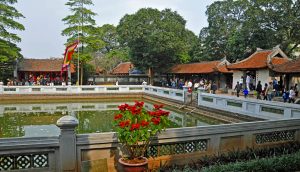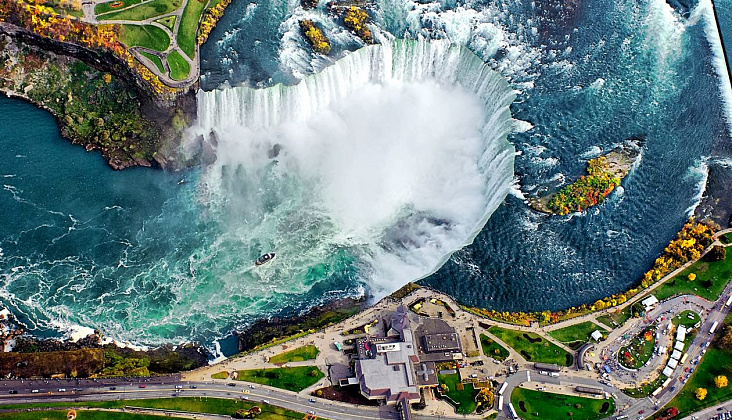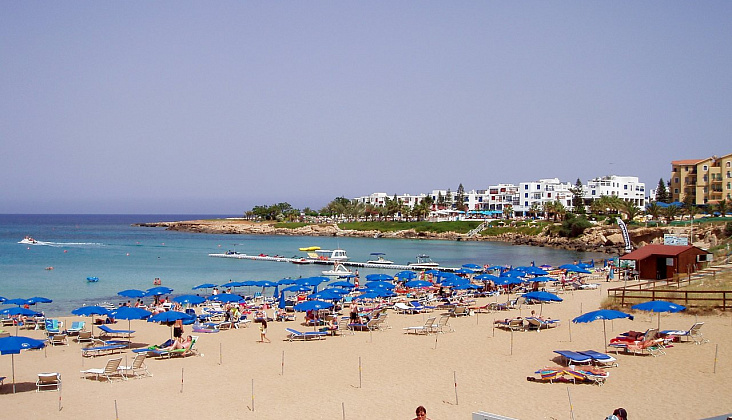Vietnam – a state in Southeast Asia
 SHOPPING
SHOPPING
Local shopping has two pleasant features: a rich selection of purchases and the lowest prices in the region (if, of course, do not forget to bargain). Shops are open almost every day, seven days a week, from 7:30 to 17:30 – officially, and unofficially – until late evening.
From Vietnam you can bring products made of varnish, bamboo, mother of pearl, red and black wood, as well as clothing and accessories made of silk, linen and cotton, silver jewelry and dishes, green tea, Vietnamese coffee, ceramics, silk-embroidered paintings, jewelry, pearls .
In large cities, it makes sense to buy something from clothes or shoes.
WHERE TO STAY
In the major cities of Vietnam, the choice of hotels is the most diverse – from mini-hotels to De Luxe category establishments. All rooms from three to five “stars” are equipped with air conditioning, television with satellite channels and telephone, the rooms are more expensive and there are also bathrobes, hairdryer, tea and coffee sets, safes and mini-bars.
It is better to settle in the rooms, whose windows do not overlook the noisy streets – from five in the morning the Vietnamese get behind the wheel and constantly honk at any maneuvers of their cars.
SEA AND BEACHES
The beaches in Vietnam are sandy, the sand is white and yellow-brown.
STORY
Civilization Vietov originated in the basin of the Red River. Here there was a mixture of Mongoloid and Proto-Malay tribes in the late Neolithic era.
The Kingdom of Vietnam existed since the 100th year, for some time Vietnam was part of China.
In the second half of the XIX century, Vietnam falls into colonial dependence on France. The country is artificially divided into three parts – the colony of Cochin China (South Vietnam), the protectors of Annam (Central Vietnam) and Tonkin (North Vietnam). Together with Laos and Cambodia, Vietnam became part of French Indochina.
By the 1930s, a powerful national liberation movement was emerging in the country, headed by the Communist Party of Indochina (the leader is Ho Chi Minh). During the Second World War, Vietnam was captured by the Japanese, who first disarmed and then completely neutralized the French garrisons. By the end of the war, the Japanese were forced to withdraw their troops to strengthen the defenses of Japan and Manchuria, forming a puppet Vietnamese empire on the territory of Vietnam.
Taking advantage of the emerging vacuum of power, the communists who created the Viet Minh – a broad coalition of various liberation movements – in August 1945 (the so-called August Revolution) liquidated the last institutions of the colonial administration and on September 2, 1945 promulgated the Declaration of Independence. France, which did not want to come to terms with the loss of the colonies, at the end of 1945 sent in troops, which marked the beginning of the “War of Resistance”. For several years, Vietminh fighters, using partisan methods of struggle, managed to deplete the strength of the French, and then, intensifying with help from the PRC and the Soviet Union, inflicted a series of defeats on the colonial army, the most severe of which was the fall of the fortified Gyeongfu area in the spring of 1954.
In the summer of 1954, the Geneva Agreements were signed, providing for the full independence of Vietnam, Laos and Cambodia, as well as the early holding of free and general elections. Before the election, the territory of Vietnam was temporarily divided into two halves along the Benhai River. This situation did not suit the United States, which sought to prevent the spread of communism in Southeast Asia.
With the assistance of the United States, the elections were disrupted, the Republic of Vietnam was proclaimed in the south, with Saigon as the capital, headed by Ngo Din Siem. In 1959, the leadership of the North Democratic Republic of Vietnam (DRV) concluded that it was necessary to unite the country by force. The National Liberation Front of South Vietnam was created (NLFUV, also known as the Viet Cong), which, through its partisan operations, tried to undermine the influence of the “Saigon regime” on the periphery.
By 1965, NFLUV controlled at least 30% of the territory of South Vietnam. In response, the US took advantage of the Tonkin incident (shelling Vietnamese boats of an American destroyer allegedly in neutral waters) to begin systematic bombing of the DRV, and began to deploy troops to South Vietnam to fight the NFUYV. The Vietnam War began.
However, the decisive actions of the partisans in the south and the successful opposition of the air strikes to air raids (with considerable support from the USSR) led to considerable losses among the Americans and forced Washington to sign the Paris Peace Agreement in 1973, in which American troops were withdrawn from Vietnam.
Without American support, the Saigon regime, which was in deep crisis, quickly fell as a result of the offensive of the North Vietnamese troops.




